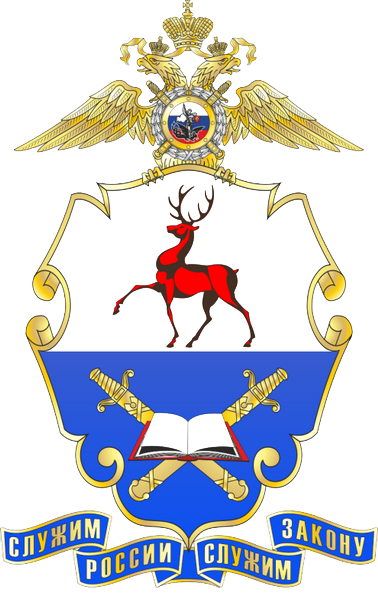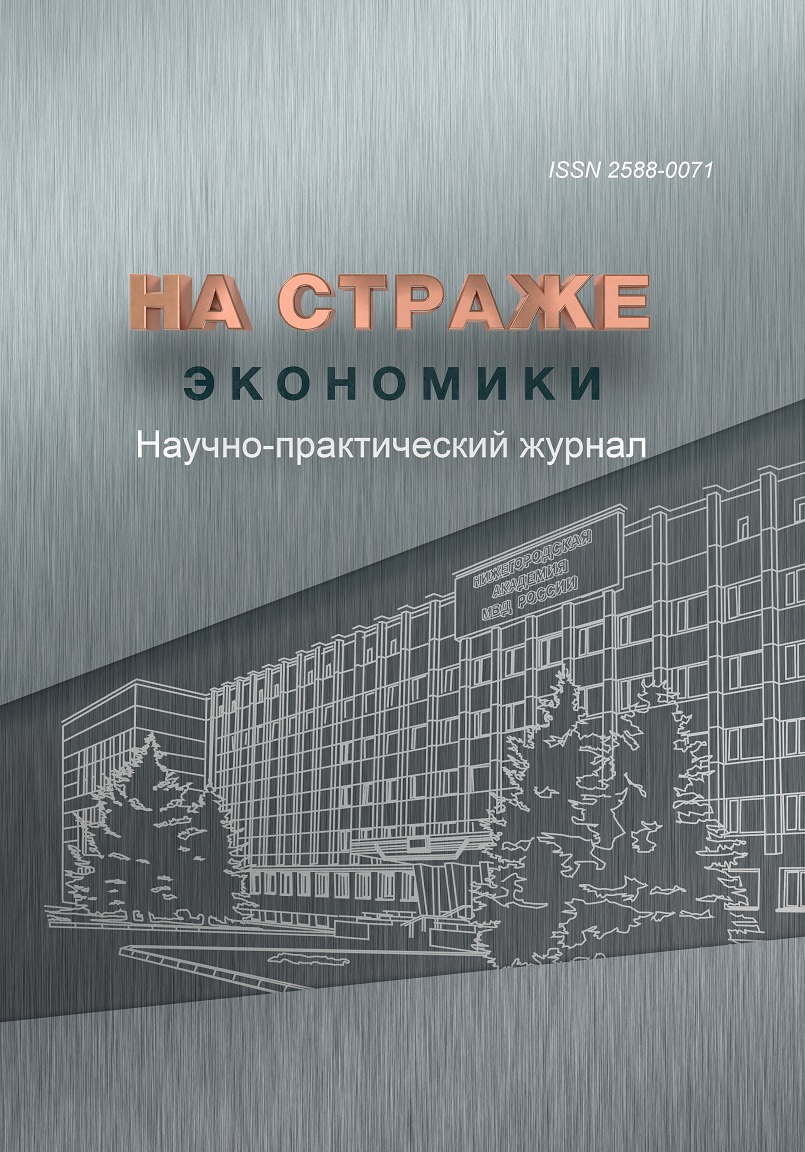he development and application of sustainable development indicators is an important tool for stimulating and supporting the development of the regional economy in modern conditions. Striving to maintain a balance of resources means that organizations and individuals strive to efficiently allocate and use the resources available to them. The implementation of basic general economic functions, such as production, distribution, exchange and consumption of goods and services, is necessary to ensure the viability of economic systems. These systems, consisting of four basic types - objects, environments, processes and projects, strive to form stable complexes in which each element interacts with each other and with the environment, ensuring optimal functioning of the system as a whole. As a result of the conducted research, the innovativeness of using the balance index to assess and stimulate the development of the regional economy based on the materials of Russia and Kazakhstan was confirmed. The introduction of balance indicators makes it possible to identify the strengths and weaknesses of the economic systems of the regions, as well as to make recommendations on improving the efficiency of management and rational use of resources.
sustainable development, indicators, balance, economic growth, system
1. Kleiner G. B., Rybachuk M.A. Systemic balance of the Russian economy. Regional section. The economy of the region, 2019, vol. 15, issue 2, pp. 309–323 (In Russ.)
2. Kleiner G. B. The new theory of economic systems and its applications. Bulletin of the Russian Academy of Sciences, 2011, vol. 81, no. 9, pp. 794–811. (In Russ.)
3. Commission on Sustainable Development (2001). Indicators of Sustainable Development: Guidelines and Methodologies. New York, United Nations Department of Economic and Social Affairs, 93 p. URL:https://sustainabledevelopment.un.org/content/documents/guidelines. (accessed 15.10.2024) (In Russ.)
4. Organization for Economic Co-Operation and Development (2001). OECD Environment al Indicators: Towards Sustainable Development. Paris, OECD, 156 p. URL: https://www.oecd.org/site/worldforum/33703867. (accessed 15.10.2024) (In Russ.)
5. Global Reporting Initiative. Sustainability Reporting Guidelines. Amsterdam, Global Reporting Initiative, 96 p. URL: https://www.epeat.net/documents/EPEATreferences/GRIguidelines. (accessed 15.10.2024) (In Russ.)
6. Kleiner G. B. State — region — industry — enterprise. The framework of the systemic stability of the Russian economy. Part 2. Economics of the region, 2015, no. 3, pp. 9–17. (In Russ.)
7. Rybachuk M. A. The balance of the system structure as a necessary condition for the strategic sustainability of the enterprise. Bulletin of the Voronezh State University, 2015, no. 1, pp. 140–146. (In Russ.)
8. Data of the Federal State Statistics Service. URL: https://rosstat.gov.ru/statistics/science/comments (accessed 15.10.2024) (In Russ.)
9. Data from the Bureau of National Statistics of the Agency for Strategic Planning and Reforms of the Republic of Kazakhstan for 2010–2022. URL: https://www.stat.gov.kz (accessed 15.10.2024) (In Russ.)










